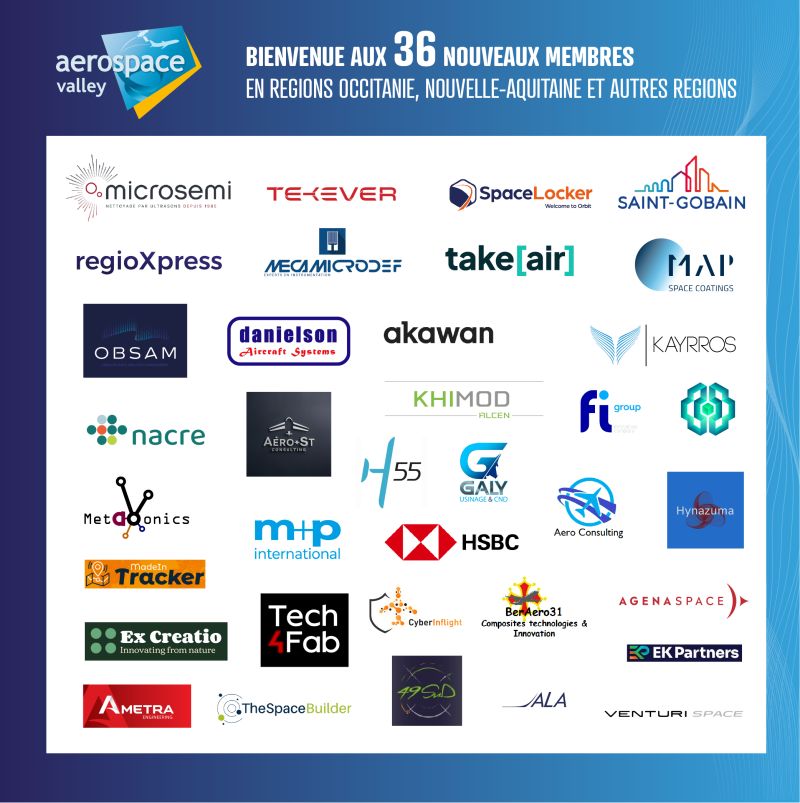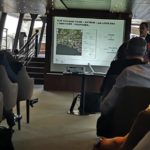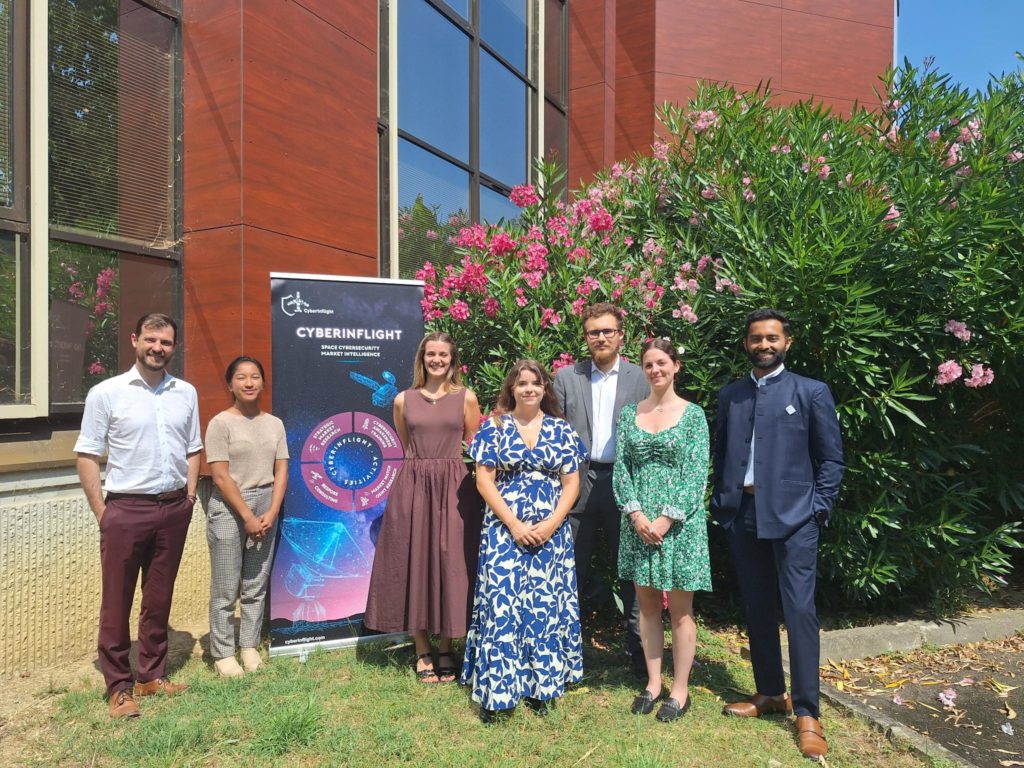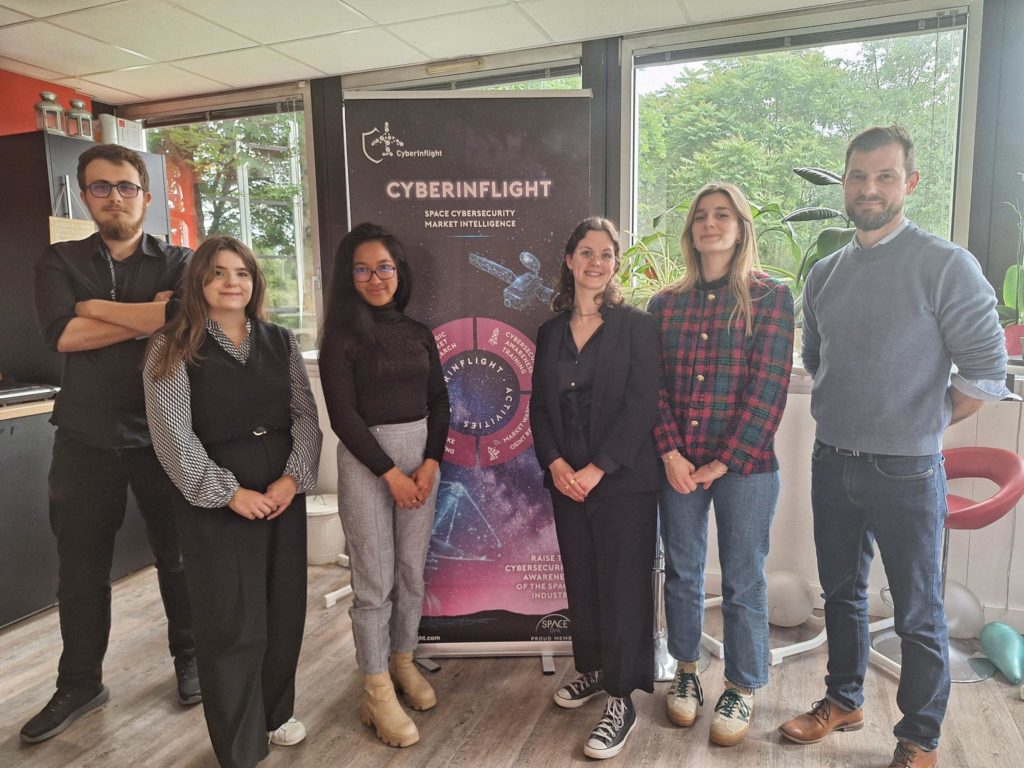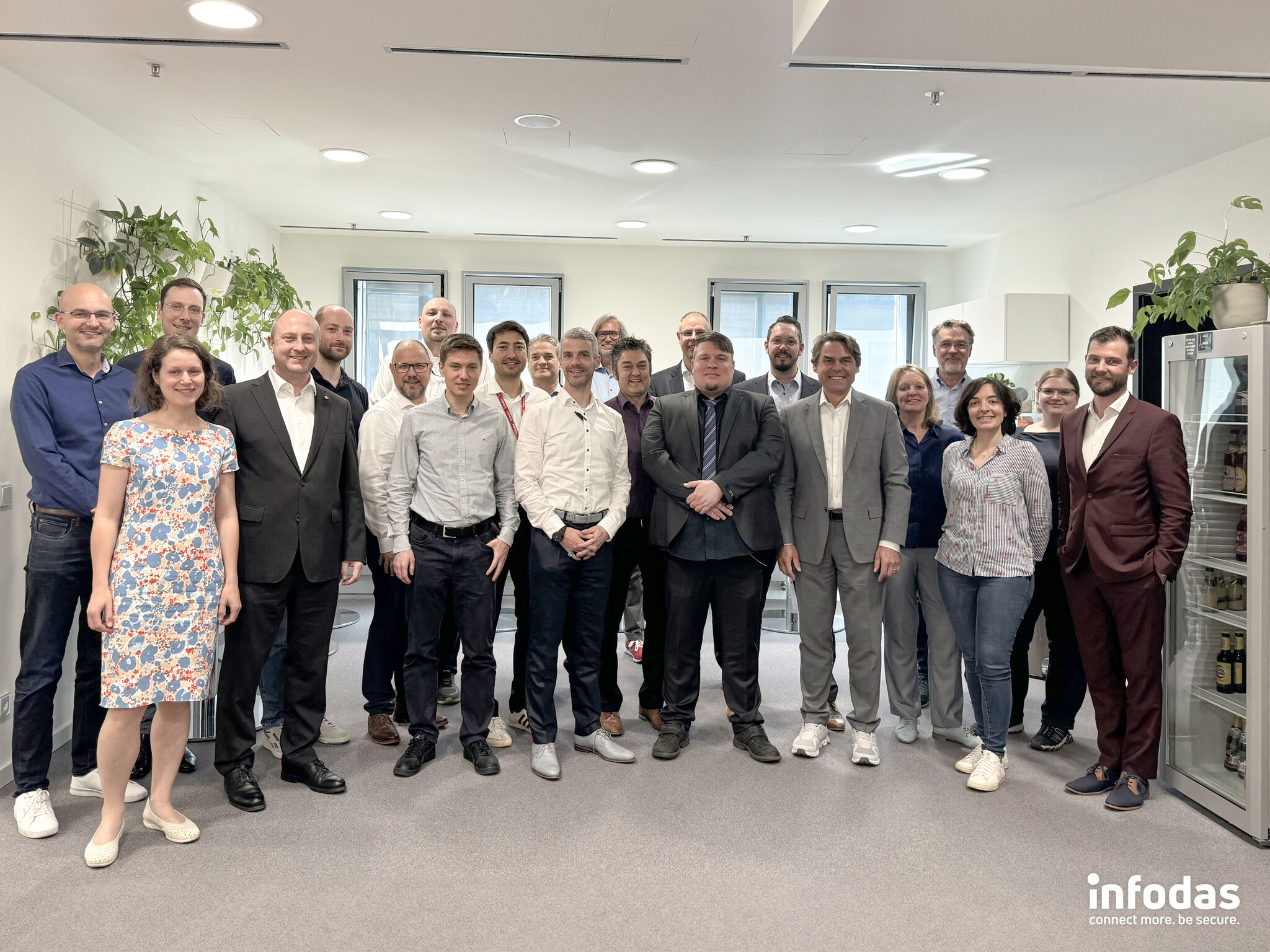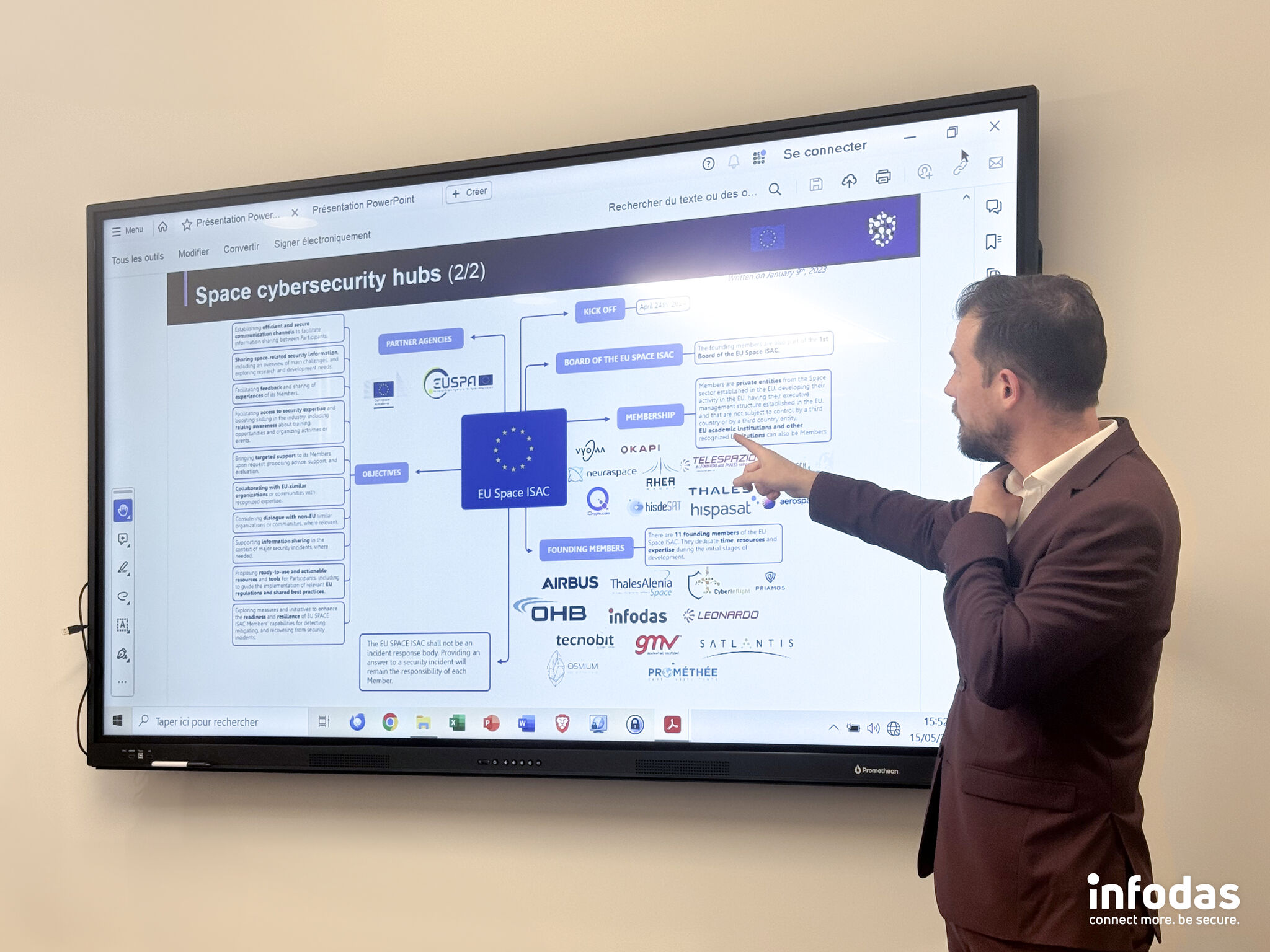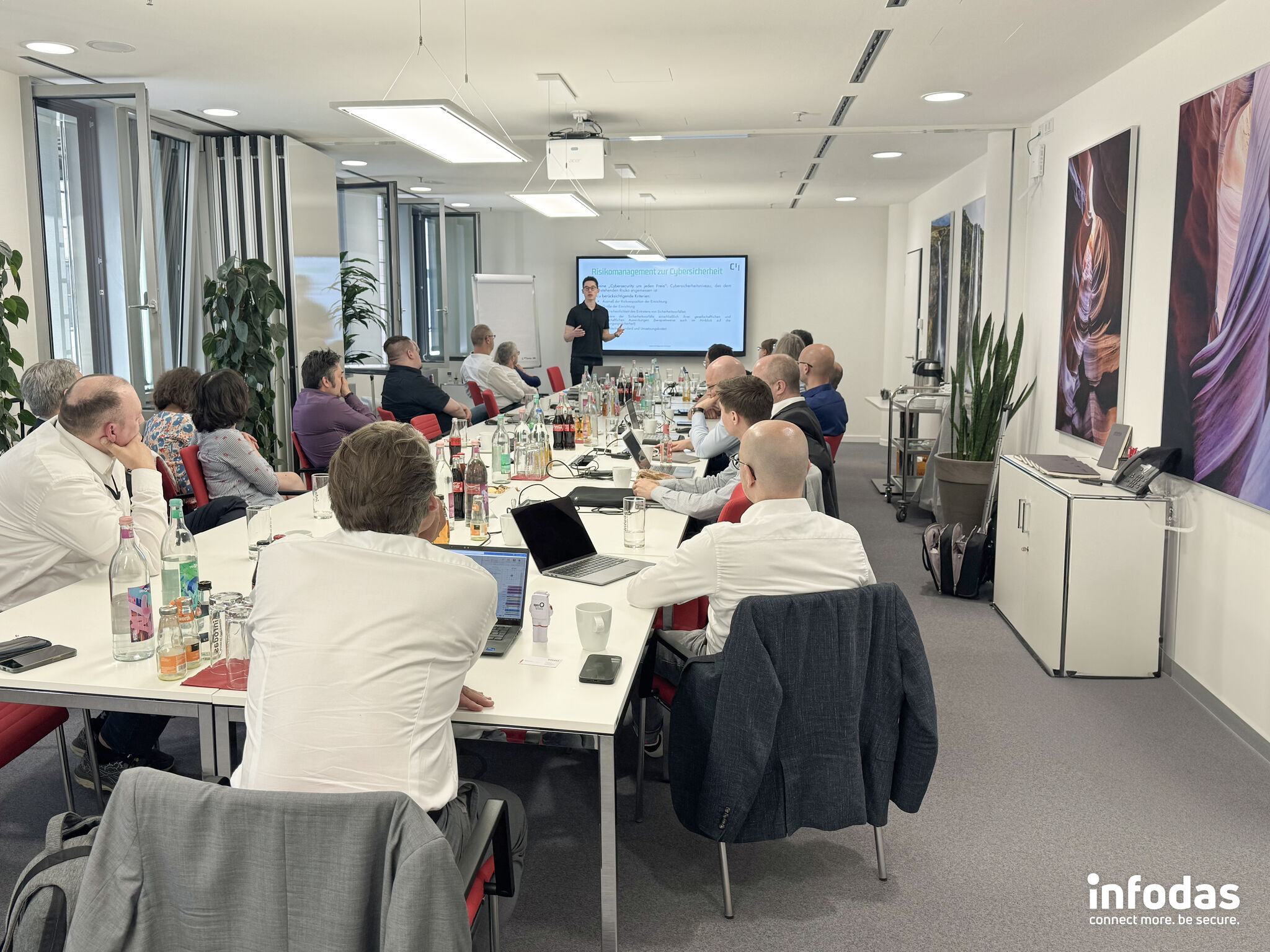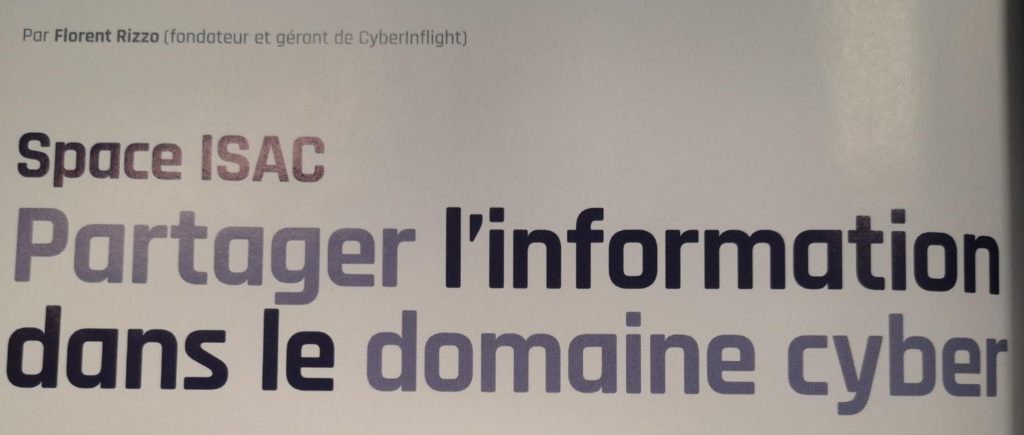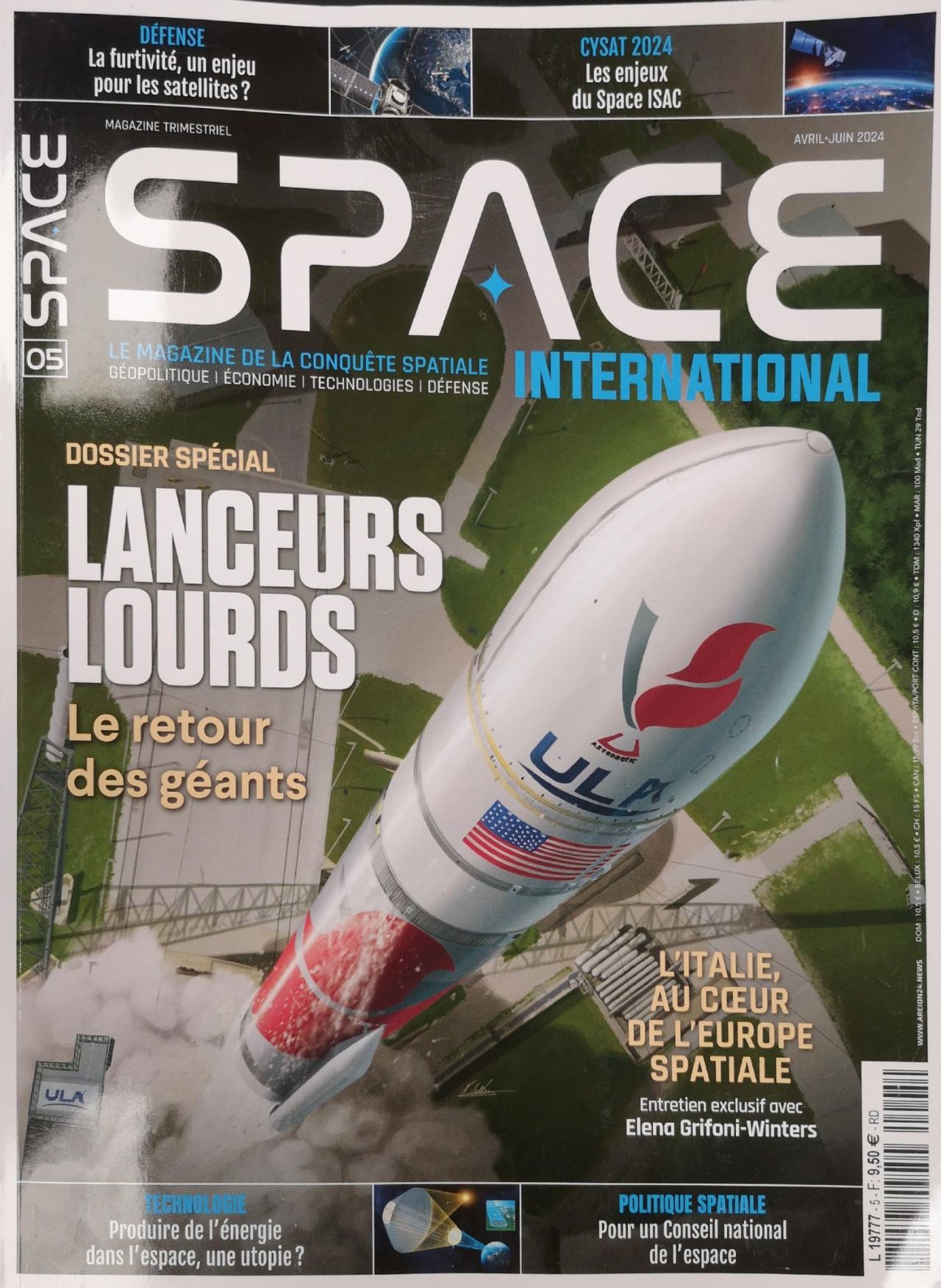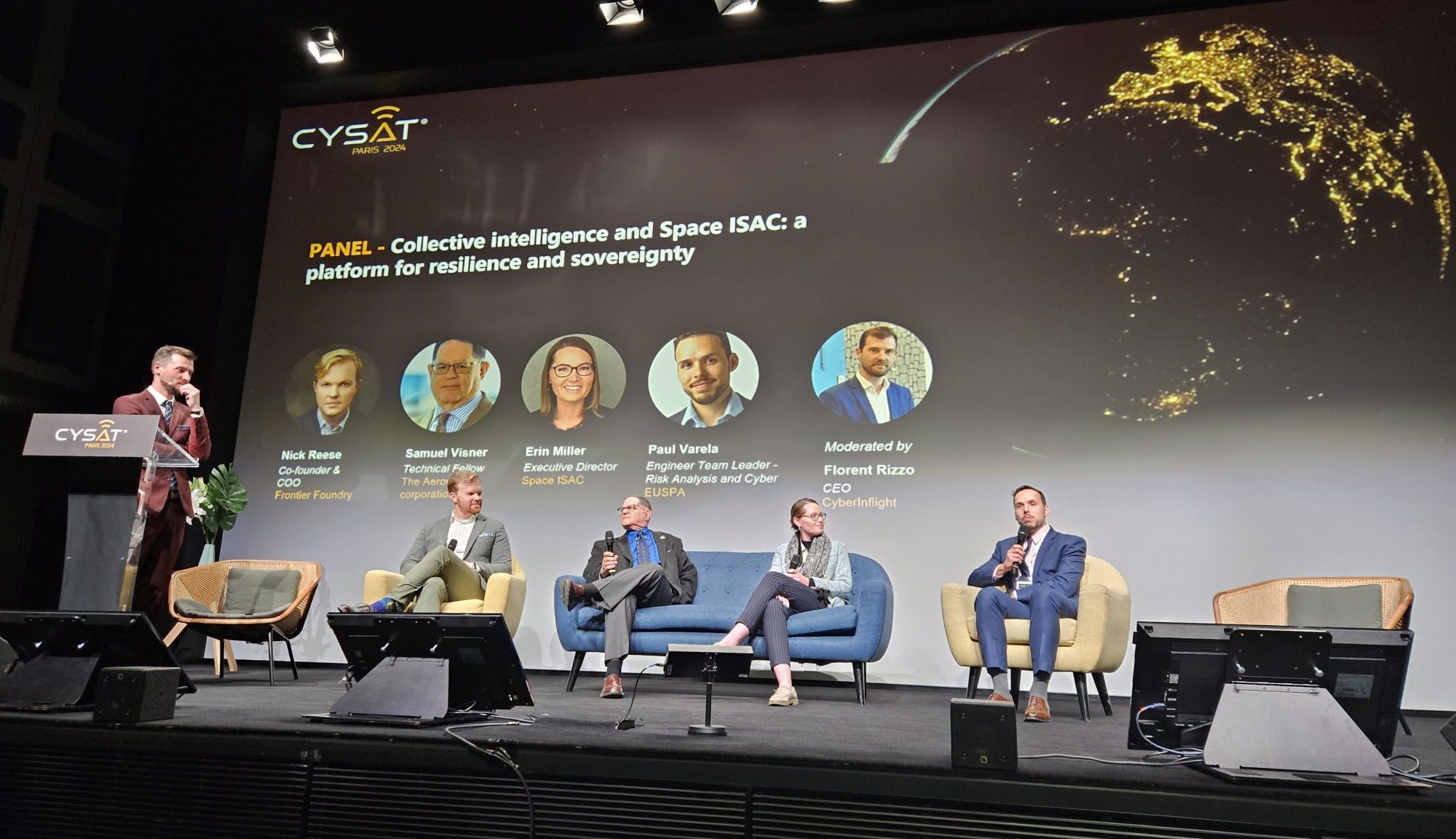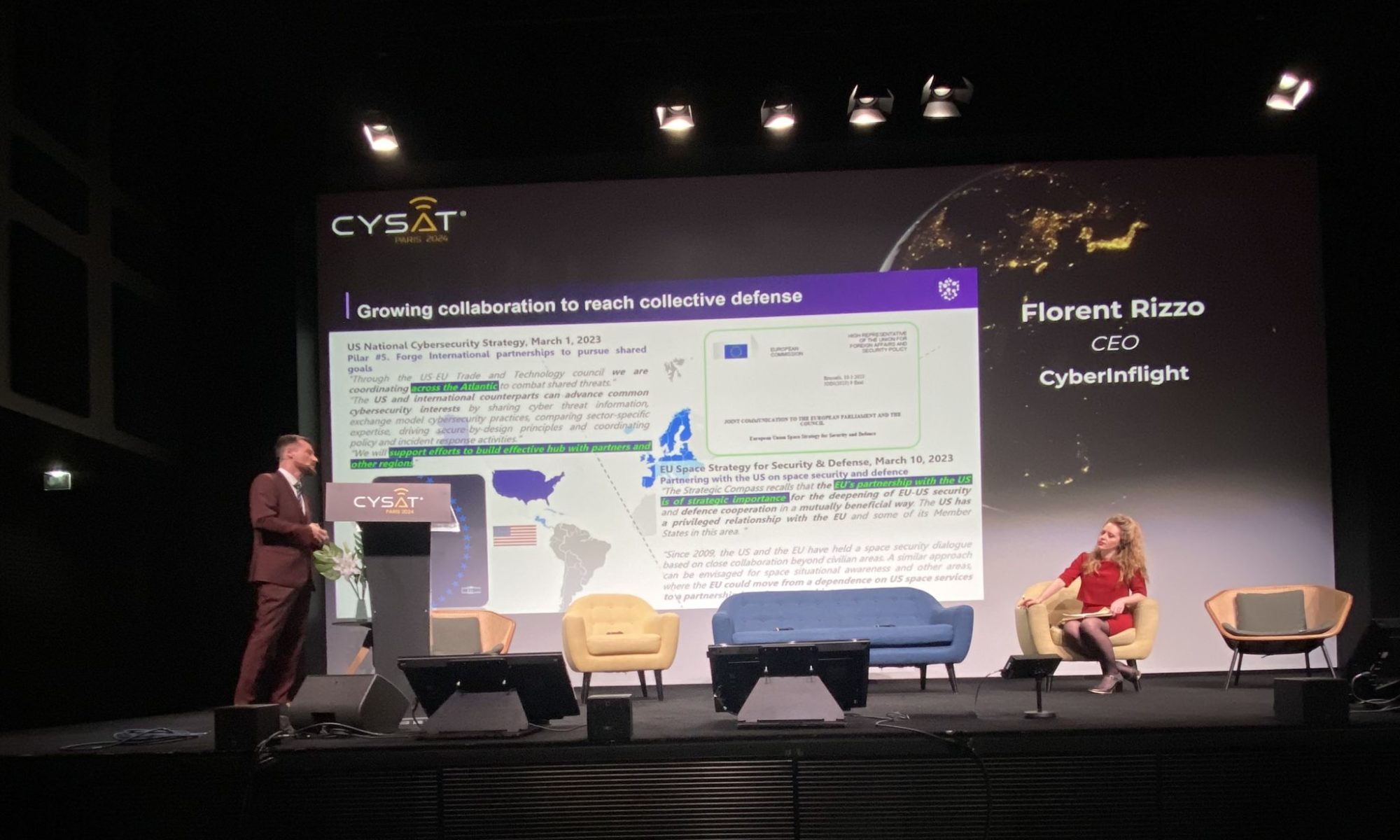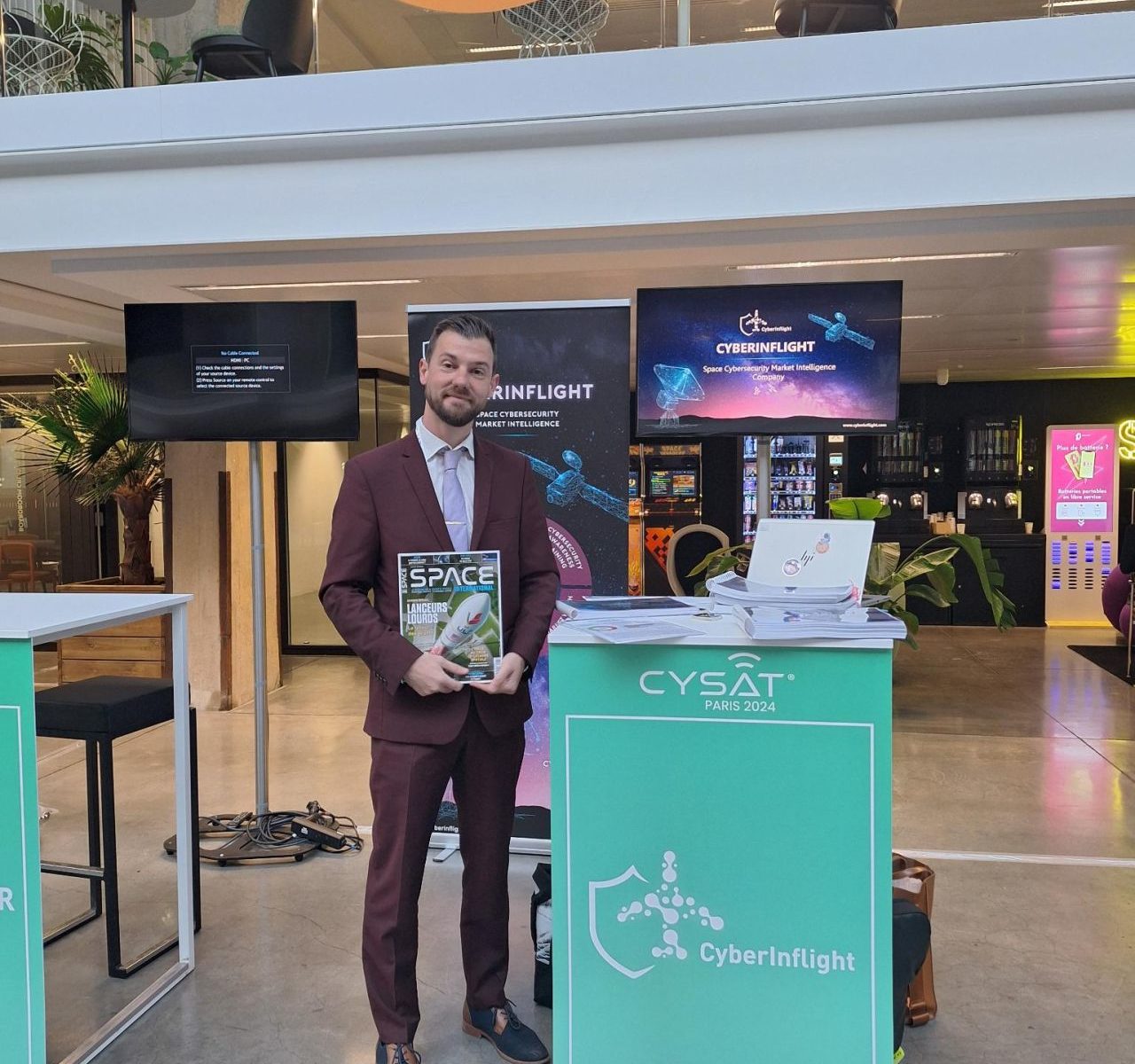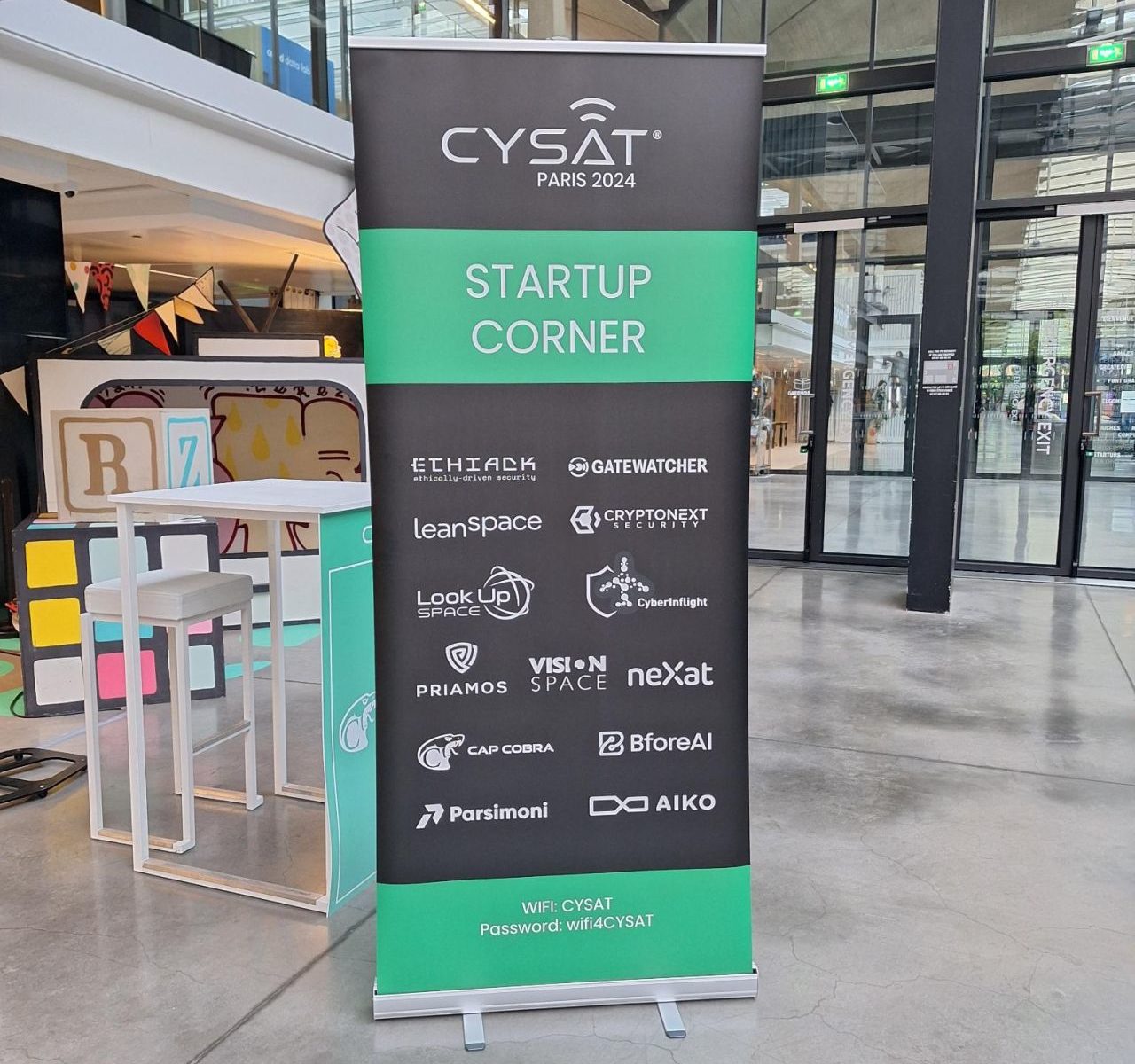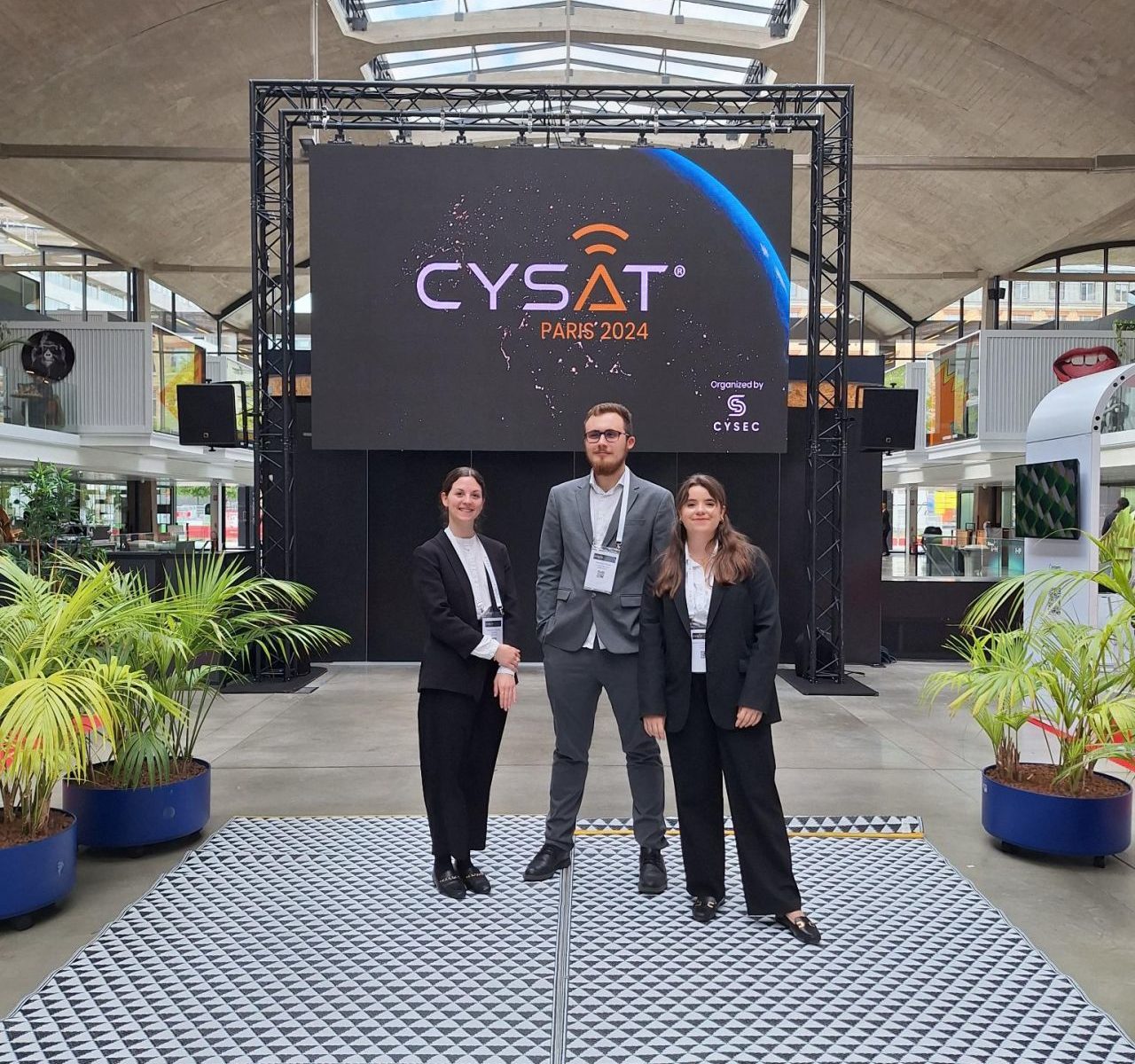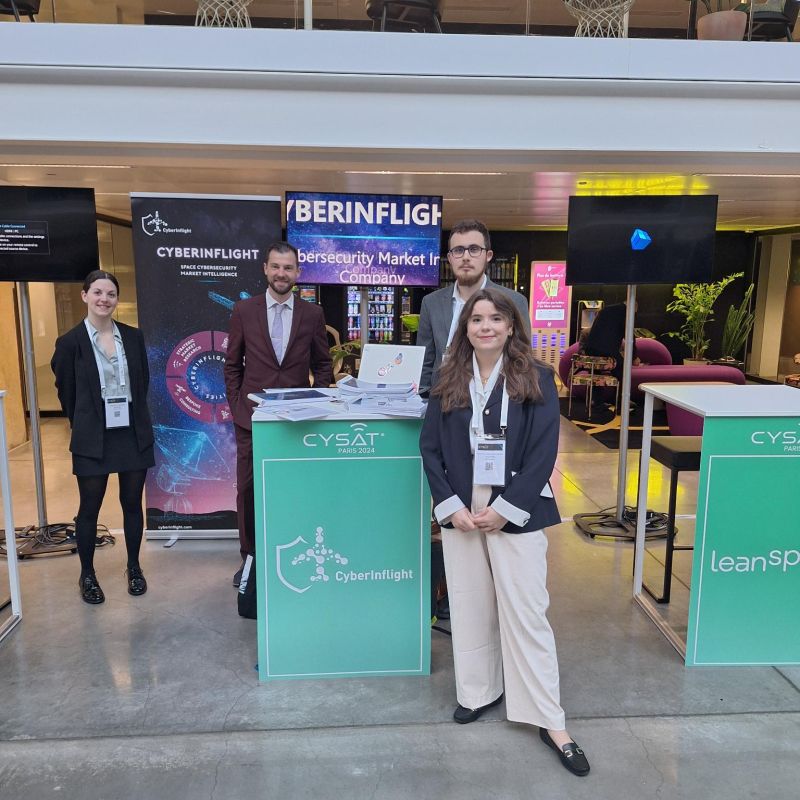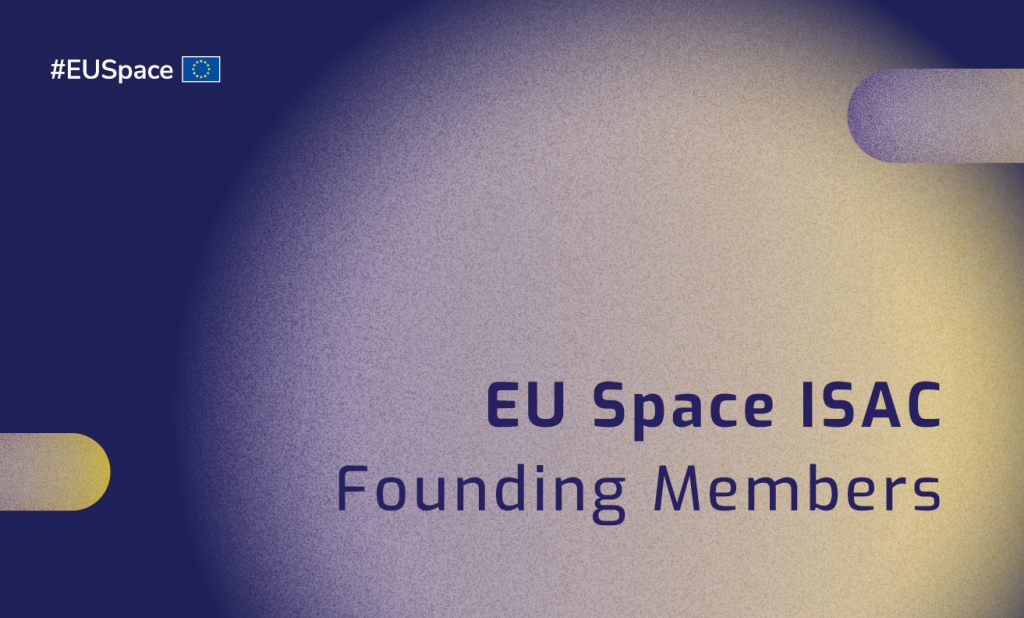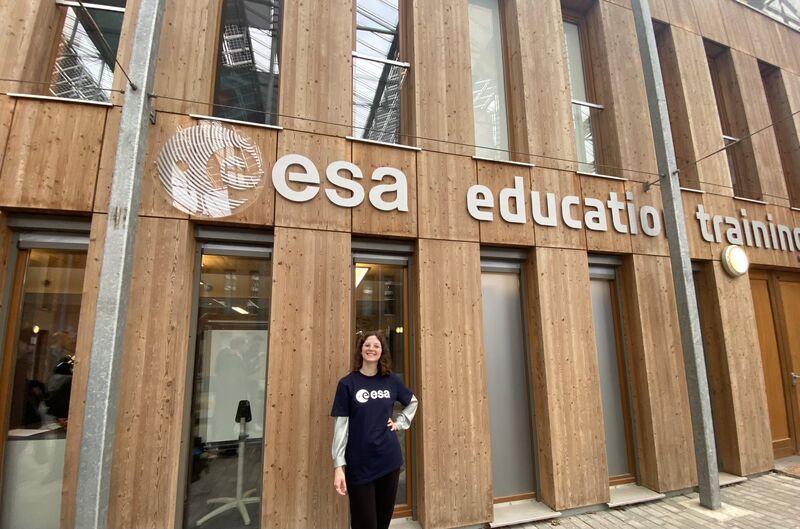La semaine dernière, CyberInflight a eu l’honneur de participer aux RTNC (Rencontres Techniques et Numériques du CNES) ainsi qu’au COMET CYB (Cybersécurité), tous deux organisés par le CNES, à Toulouse. 🇫🇷🚀
Au programme: des présentations, des conférences et des temps d’échanges entre professionnels du secteur, pour augmenter la sensibilisation générale à la sécurité! 👩🏼💻👨🏼💻
L’occasion pour le CNES et CyberInflight de revenir sur l’élaboration d’un Guide d’Hygiène Cybersécurité pour Systèmes Orbitaux, tout en échangeant avec de multiples acteurs de l’écosystème sur les sujets de sécurité et sûreté dans l’espace ! 📑
Un grand merci au CNES et à l’ensemble des intervenants pour ces deux journées enrichissantes ! 🪐😺




